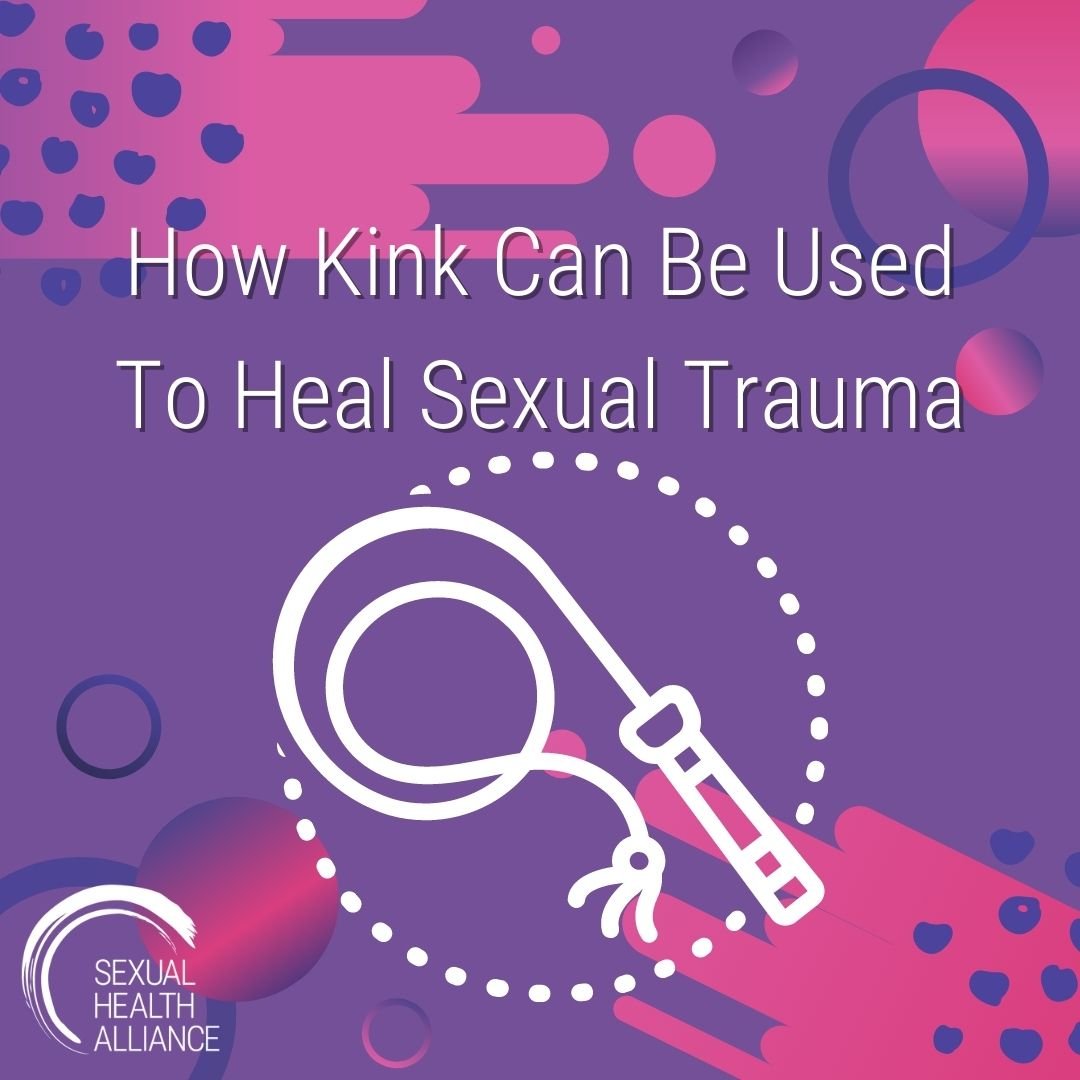ARTICLE MENTIONS SEXUAL ASSAULT AND TRAUMA
To most, kink refers to any non-traditional sex. This can include anything from bondage to roleplay, to power exchange. Kink can also be participated in for numerous reasons, for some it may be solely for pleasure. But for others, kink has been a way to heal trauma. In no way it is a replacement for therapy or other mental healthcare but is something that can be participated in whilst undergoing therapy. This article will aim to understand how kink can be used to heal sexual trauma and allow those who have experienced sexual trauma to reclaim sexual confidence.
One piece explains that “often, the appeal of kink for sexual assault survivors is the opportunity to feel empowered, respected, and safe.” The ways in which kink can assist with healing vary from person to person as the healing process is highly personal and subjective. Another study further states that kink and BDSM practices may be appealing to those healing in the way kink has a straightforward negotiation, execution, and aftercare scene—with there being correlations between the stages of trauma healing therapies and the three phases of a kink scene.
PREDICTABILITY IN NEGOTIATION
Consent and negotiation are crucial in any form of kink, whether this is impact play or exploring suspension, negotiation and regular check-ins MUST regularly occur. With negotiation, there is a discussion of boundaries, what kind of play you want to participate in, and working out what the safe word of action is. In planning out the scene and letting them know exactly what will happen, those looking to heal will have a strong sense of predictability of what will happen. For further resources on consent and negotiation, you can check our blog post! Kinkly has also released a step-by-step guide on the ways to negotiate sex and boundaries.
REWIRING TRAUMA
Kink and BDSM scenes allow the chance to experience pain, fear, excitement, arousal, and adrenaline in a structured and consensual way. It is all built on consent, choice, and respecting boundaries. This consensual aspect of play allows our bodies to “[build] new positive…experiences” that can rewire or “overwrite” past traumatic experiences.
AFTERCARE
The final stage of trauma therapy is integration—this can be thought to be very similar to the experience of aftercare in a kink scene. “Using the skills built up from previous stages, survivors are equipped with a safety plan and deeper understanding of their trauma.” The act of aftercare provides a chance to check in with one another on how the scene went, as well as discuss what did or did not work. Those who have experienced sexual trauma may be stuck in a stress response cycle, an activated state of fight or flight. However, the participation of kink or BDSM allows for the body to release back into deactivation and restoration. This is because of the trust and communication that kink is based on.
CURATIVE BENEFITS OF KINK
A 2021 study on how survivors of early abuse can transform trauma through BDSM, discussed the benefits that BDSM practices bring, such as giving avenues for social connections or reducing the stress hormone cortisol—it is clear that BDSM can help achieve psychological well-being. Given these benefits, “kink seems to inhere a curative, coping, and growth-oriented potential among some community members. Thus, if kink facilitated trauma recovery, it is likely that survivors of early abuse would draw from these adaptive benefits of BDSM.” The paper further considers “‘trauma play’”, including consensual non-consent to “expunge their trauma.” Participating in trauma or rape play is described to give a chance to “rework” the rape, allowing them to “somatically reclaim power, control, and body.” Analysis of the study found that the healing process was in conjunction with five superordinate themes: reconstructing the self-concept, liberation through relationship, reclaiming power, repurposing behaviors, and redefining pain. Their findings discovered that participating in kink allows the participants to rescript elements of their traumatic event. “Without the context of kink, stimuli related to abuse can overwhelm a survivor’s capacity to regulate emotion…however, our results provided evidence that kink behaviors disrupt the conditioned response to environmental cues that were originally threatening.” All participants were seen to experience a level of posttraumatic growth through kink, further demonstrating the positive impact of kink on healing.
FURTHER RESOURCES
Pineapplesupport provides educational videos on the way kink helps to re-write the narratives of sexual trauma. Videos available currently include BDSM and how to use it to heal past trauma, the neurobiology of trauma, and its overlap in kink and power in submission. There is also A Kink in the Cure, a performance piece based on sexual trauma and kink. The live performance also includes written work such as stories from people who have experienced sexual trauma, and how BDSM has helped their healing process.
It is apparent that when practiced safely and consensually, kink and BDSM can bring profound healing opportunities. As stated at the beginning, for this practice to work most effectively, it should be done in conjunction with therapy. Through positive, empowering, and consensual sex in a kink or BDSM dynamic, healing is possible and accessible. If you’re interested in learning more about the world of kink, check out SHA’s Kink-Informed Certificate program taught by the Supernova of Kink herself, Midori.
By Stephanie McCartney




